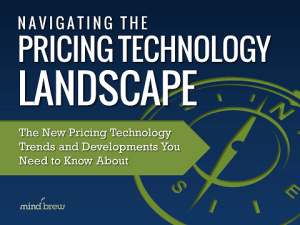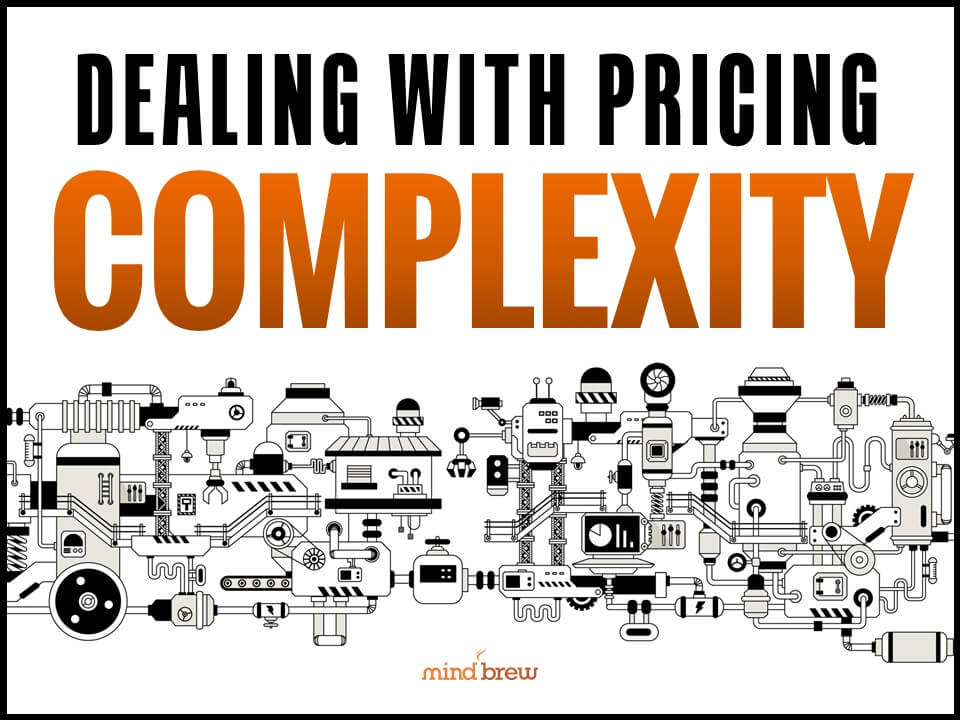Recently, there’s been a bit of talk about who should own pricing in a B2B company. Should the Finance or Accounting group own pricing? Should the Sales team own pricing? Should the Marketing group own pricing? Should the Pricing department own pricing?
And after all of the pros and cons are weighed, the most common answer to the question of who should own pricing is a wishy-washy, middle-of-the-road response worthy of a career politician:
“It depends.”
However, I would submit that asking the question in the first place reveals a fundamental misunderstanding about the true nature of pricing in a B2B environment. To me, it’s a bit like asking, “Who should own revenue?” or “Who should own profit?” They are absurd questions with only two possible answers, one theoretical and one realistic:
1) The CEO—Theoretically, the office of the Chief Executive is the only functional area with enough scope to “own” and be held accountable for all of the elements that contribute to pricing outcomes in the field.
2) Everyone—Because most B2B companies are structured as functional silos, each of which contributing something positive or negative toward pricing outcomes and each of which having a stake in those outcomes, the organizational reality is that everyone owns pricing.
So, how do you effectively manage and improve something that, in reality, is owned by everyone? How do you effectively manage something that is so distributed and diffused? How do you manage and improve an activity that looks more like a relay race than a 100-yard dash?
One solution that’s gaining popularity is the creation of a pricing governance team.
Simply put, a pricing governance team is an organizational construct that is designed to provide oversight of a company’s pricing practices, processes, and performance. It’s a cross-functional and/or inter-departmental group of stakeholders who meet on a regular basis to oversee all of the inter-connected facets of effective strategic and tactical pricing.
This type of structure seems to work because it doesn’t fight the notion that pricing is an inter-connected practice. Nor does it attempt to rest control away from the various stakeholder groups. Instead, it embraces the true nature of pricing in a B2B environment, and puts a structure in-place to more effectively deal with the reality as it exists.
And in business, isn’t it always better to deal with reality?













